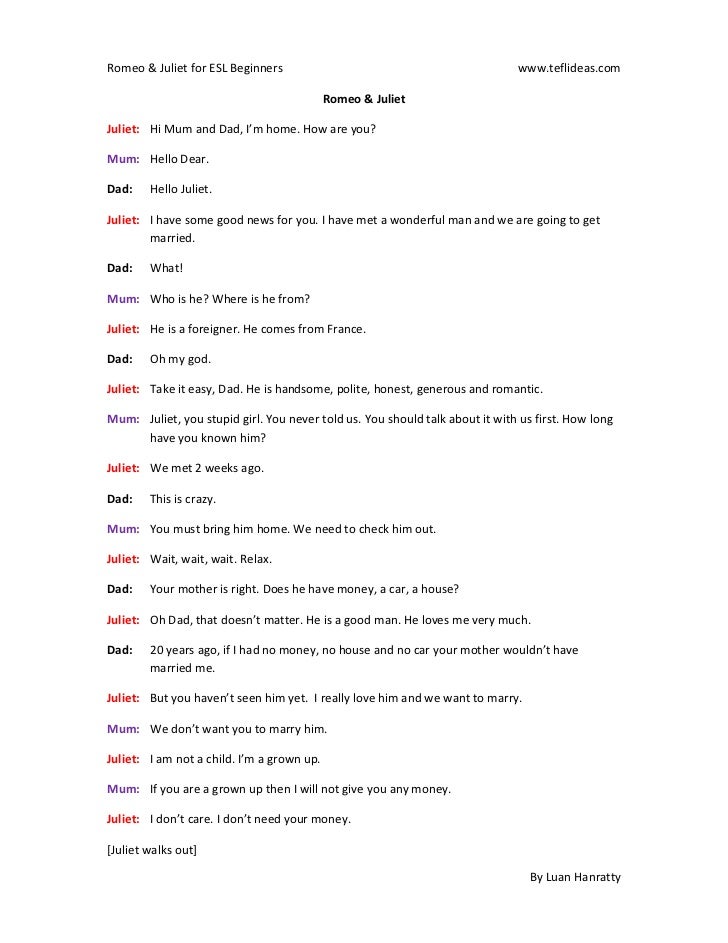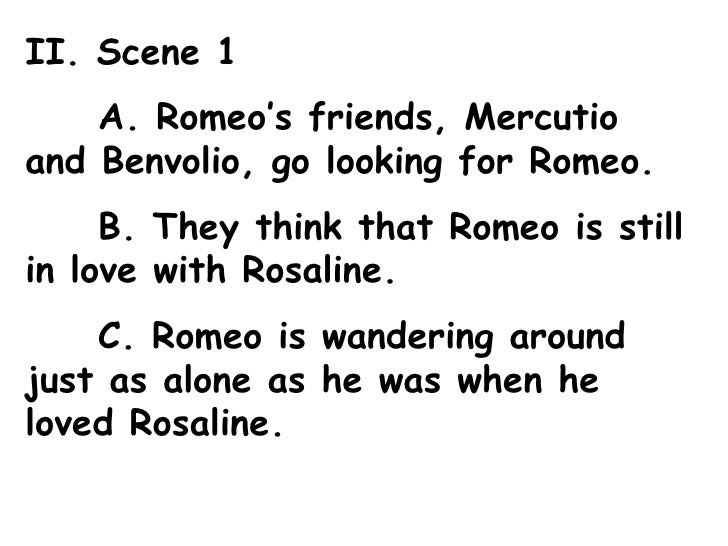


Although the proximity of the two can be measured with a few feet I can accept that Romeo is concealed and find this to enhance the comical aspect, concluding with them falling into the pool. Romeo makes a comical entrance crashing through patio furniture only to gaze into the eyes of the wrong woman while Juliet makes her appearance not on a balcony but on the same patio that Romeo is on. Luhrmann takes a very different approach to developing this scene and is by far my favorite of the three. Her dialogue is cut rather short but in this case that is probably for the best as there was nothing the gain from listening to her monotone rendition. Carlei on the other hand fails to produce a convincing scene as Romeo walks through a courtyard seemingly in plain view of Juliet only to overhear a disappointingly flat and emotionless performance.

Her dialogue mirrors the emotion and tone in her voice and she moves from deep though to infatuation over the thought of Romeo. However, Zeffirelli provided a more believable encounter having Romeo appear from the cover of the trees to over hear Juliet. Both directors also chose to play a soft tranquil sound track setting the tone of the scene.

Zeffirelli and Carlei take very similar approaches and stay close to the traditional imagery of this scene with Romeo sneaking up to Juliet’s window and immediately seeing her on the balcony. Despite their families being mortal enemies they confess their mutual love for each other and agree to be married. This scene involves Romeo risking his life to catch a glance at Juliet when to his luck she appears on her balcony. Romeo and Juliet, Act 2 Scene 2 is the most memorable and pivotal scene in the play and I have chosen to compare the way in which the three most popularized films, Zeffirelli (1968), Luhrmann (1996), and Carlei (2013) have interpreted this moment.


 0 kommentar(er)
0 kommentar(er)
